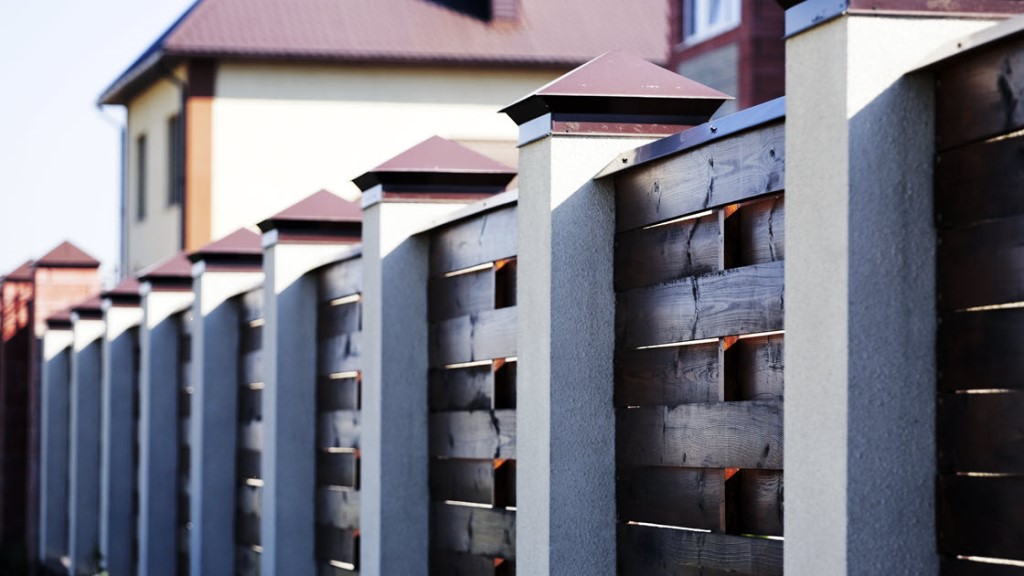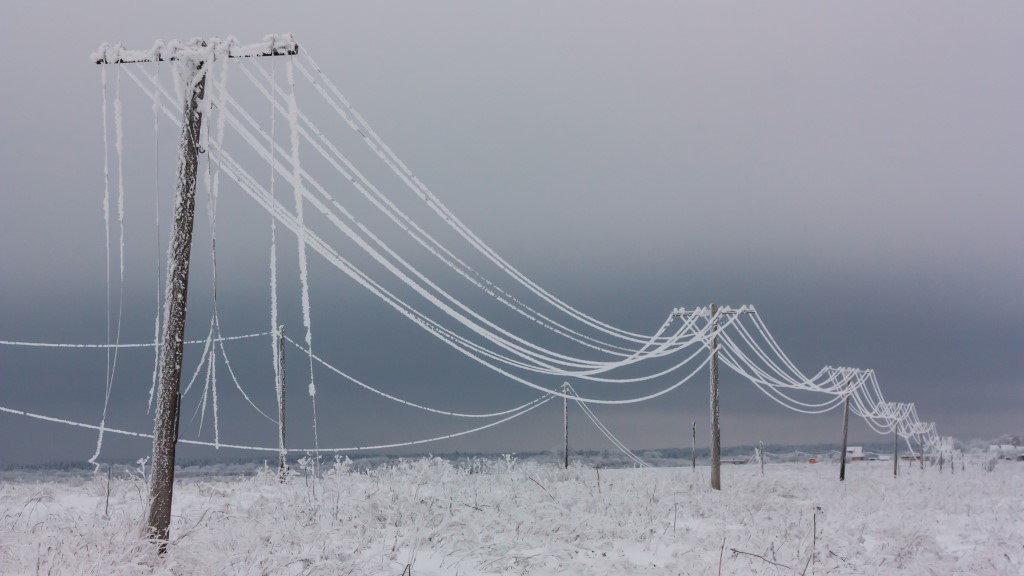Home security is an important concern for many homeowners. Whether you live in a high crime area or simply want to ensure the safety of your family and possessions, there are a variety of ways to protect your home from intruders.
One effective strategy is to implement a layered security system, which combines multiple layers of protection to make it difficult for burglars to gain entry to your home.
In this article, we’ll discuss five key elements of a layered home security system and how to implement them in your own home.
The Layers
Layer 4: Location is something you can only control when you buy your home. With that in mind, keep in mind that it’s a sliding scale based on where you live. If you have 100 acres in the middle of the woods or even farm land, layers 2 and 3 can be very effective in deterring people before they reach layer 1. Layer 1 is about all you can influence if you live on the 18th floor of a downtown Chicago apartment complex (if that). Layer 4 can be very important when considering what you want to deter, but there are always two sides to every coin.
Layer 3: This is the “no man’s land” of my property, in my opinion. An area far enough away that security cameras may not be effective and where dead space must be considered. We used to annotate dead space on our range cards in the Army, so I’m not going to use that because I’m assuming everyone knows what I’m talking about.
An area within a weapon’s, radar’s, or observer’s maximum range that cannot be covered by fire or observation from a specific position due to intervening obstacles, the nature of the ground, the characteristics of the trajectory, or the weapon’s pointing capabilities.
I usually do two things in this area:
1- Deterrent signs include: No Trespassing, Video Surveillance, and Beware of Dog.
2- Trail cams.
I think the signs are great because they give people the impression that the property owner is serious and that if they take a walk down the dirt driveway, a large animal may be waiting for them. The trail cameras are checked on a regular basis, but their primary purpose is to capture wildlife. If an event occurred, they would be a source of record for determining who or what decided to stray into layer 3.
Layer 2: As we approach the Alamo’s walls, things become more serious. Motion detection that sends me text messages, exterior flood lights with 1500 lumens, cameras with night vision, and, of course, more signage. In reality, these pieces of equipment generally notify me when the UPS guy arrives or when an animal is nearby, but if things get a little dicey, they could be used for increased awareness.
I should mention that if things got really bad, all exterior and interior lights would be turned off. If you have the right equipment, darkness can be your friend, and since we aren’t talking about operators breaking down my door, not many people have the right equipment.
Layer 1: Every entry point is alarm wired, steel doors protect the exterior, and if someone (or worse, a lion or bear) does manage to get through the doors or windows, they will be met with a large dog and myself. I’d probably be standing there in my underwear, armed with a cast iron frying pan and a bottle of mace, because that’s the only way to deal with home invaders these days.
A Few Remarks
A few other things I should mention. I do not have a single security provider who meets all of my requirements. Company A manages my exterior cameras, Company B manages my interior cameras (if necessary), and Company C manages my alarm system. I do all of this to separate potential points of failure, and while it is more time-consuming than using a single provider for everything, I feel better about it. Furthermore, while all of this is fantastic, things obviously change if the power goes out. In these circumstances, an additional course of action should be considered and practiced.
Some other ideas that you should consider when setting up a layered home security system are:
- Physical barriers
Physical barriers are the first line of defense in a layered security system. These can include things like locks, deadbolts, and security doors. Make sure all doors and windows have secure locks, and consider installing a security door or storm door as an additional barrier. If possible, choose doors and windows with impact-resistant glass or security film to make them more difficult to break.
- Alarm systems
An alarm system is a great way to add an extra layer of protection to your home. There are a variety of alarm systems available, from basic door and window alarms to more advanced systems that include motion sensors, cameras, and remote monitoring capabilities. Look for a system that can be easily integrated with other security features, such as smart locks and cameras.
- Outdoor lighting
Outdoor lighting is an important aspect of home security. Burglars are less likely to break into a well-lit home, so make sure your property is well-lit at night. Install motion-sensor lights around the perimeter of your property, and consider adding spotlights or floodlights to illuminate dark areas.
- Surveillance cameras
Surveillance cameras are another effective way to deter burglars. They can be used to monitor the exterior of your home and provide a visual record of any suspicious activity. Look for cameras with high resolution and night vision capabilities, and consider a system that allows you to view the footage remotely.
- Neighborhood watch
Finally, consider starting or joining a neighborhood watch program. This can help to create a sense of community and increase awareness of suspicious activity in your area. By working together, homeowners in a neighborhood can help to deter burglars and keep each other’s homes safe.
The Final Word
A layered home security system is an effective way to protect your home and your family. By combining physical barriers, alarm systems, outdoor lighting, surveillance cameras, and a neighborhood watch program, you can create a secure environment that is difficult for burglars to penetrate. Remember to regularly review and update your security measures to ensure they are up-to-date and effective.






